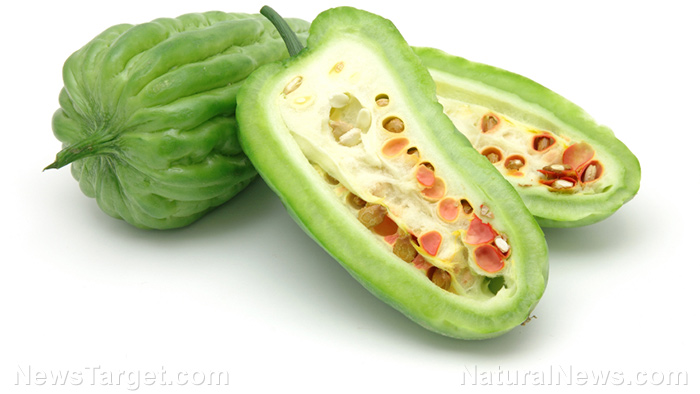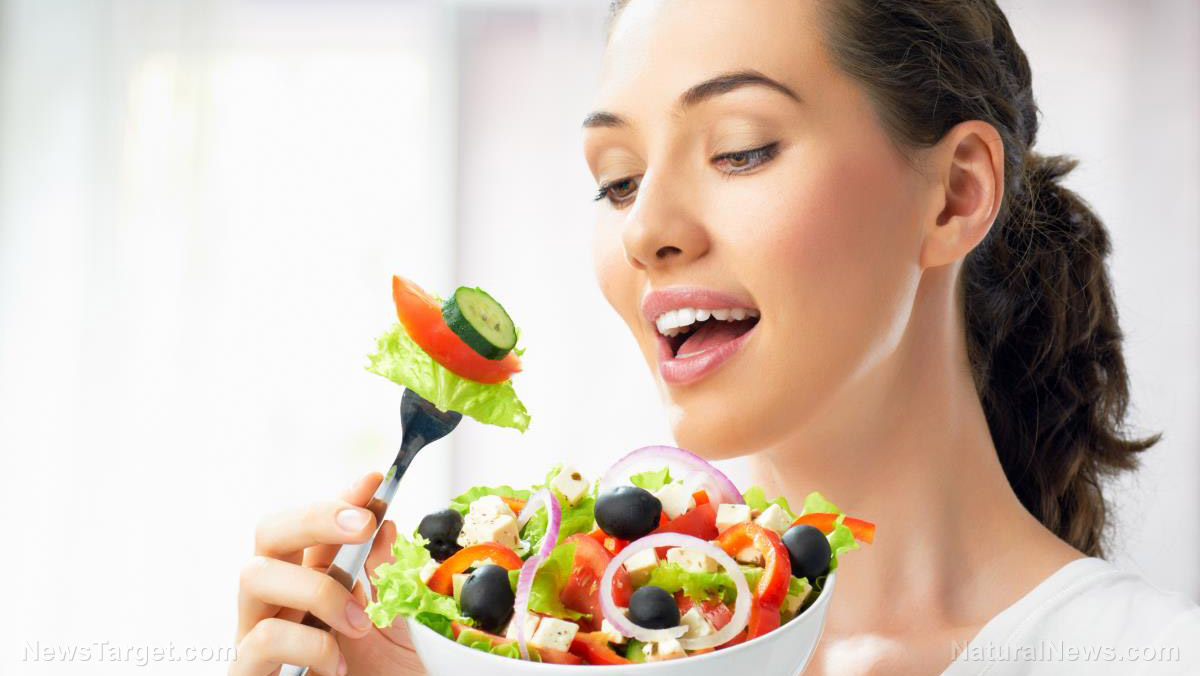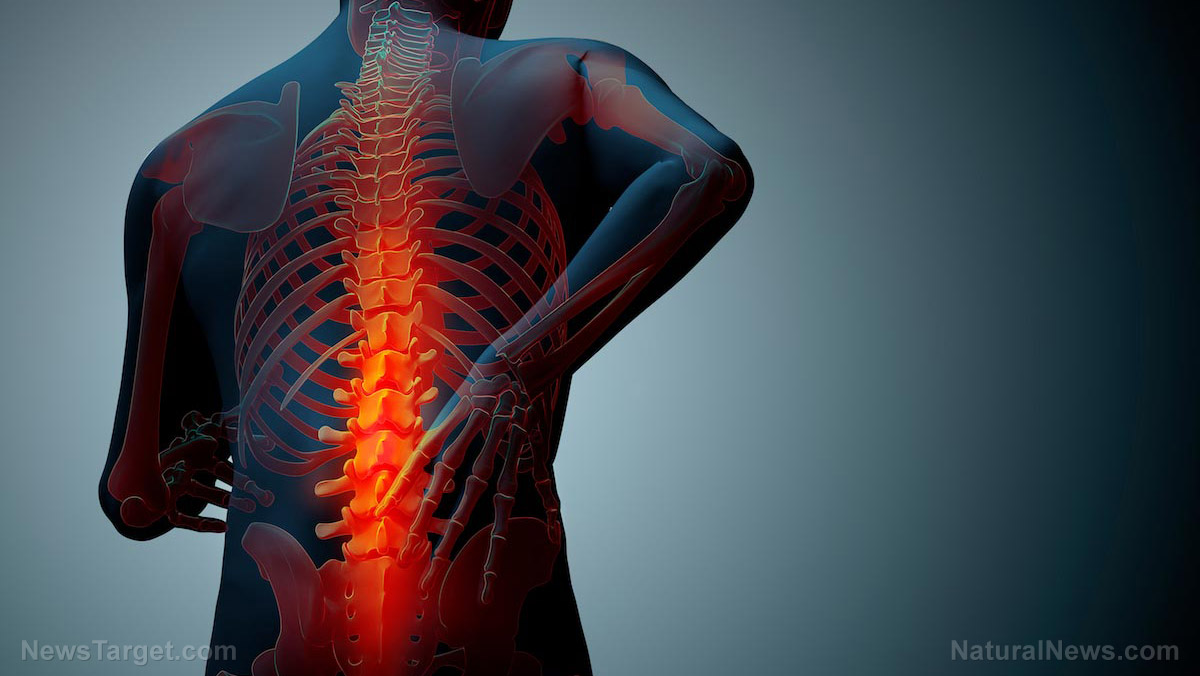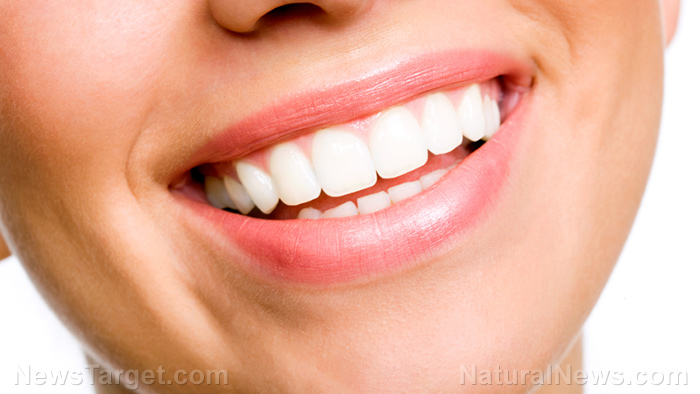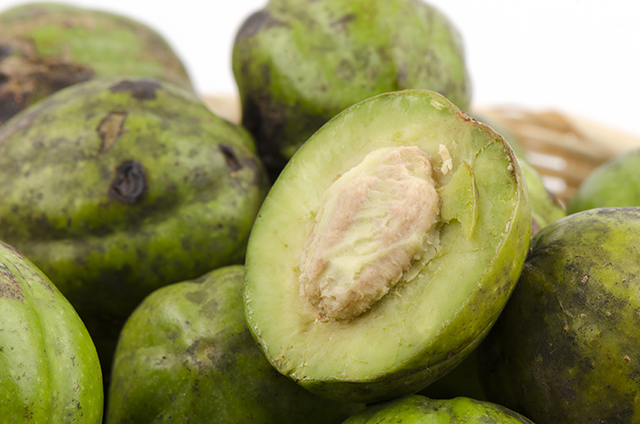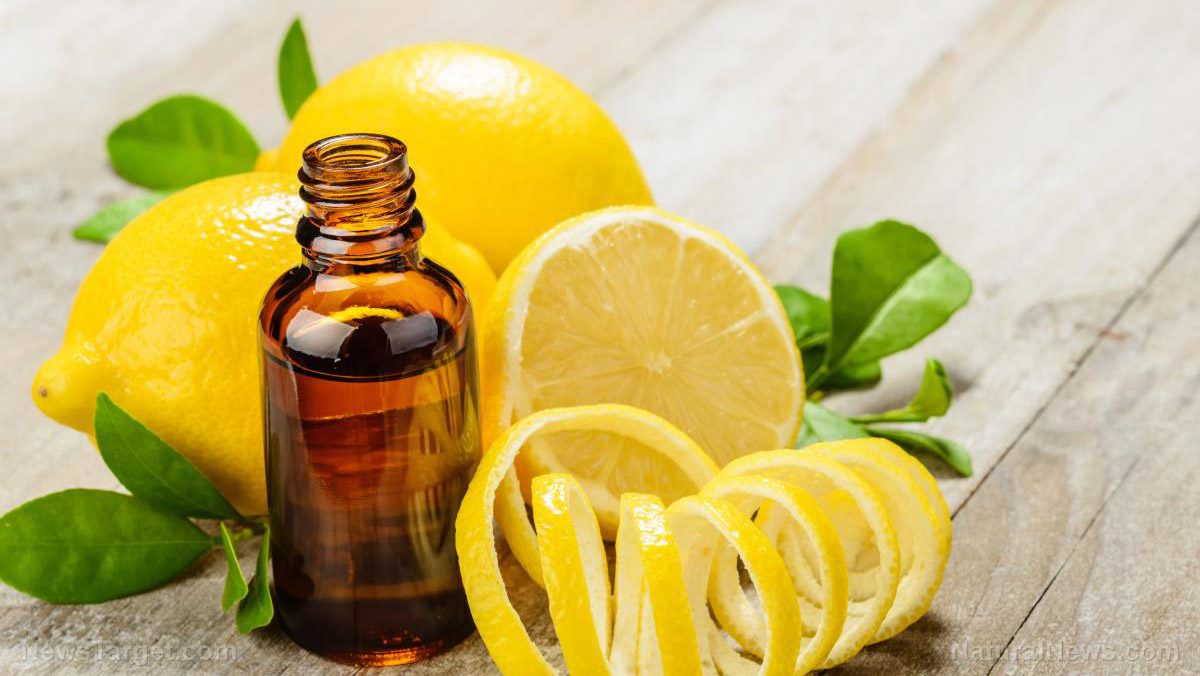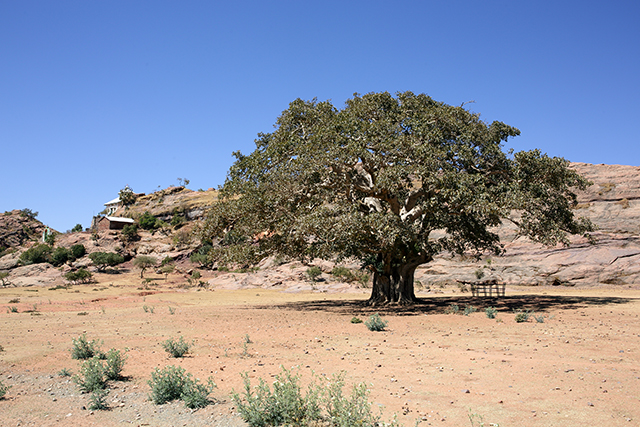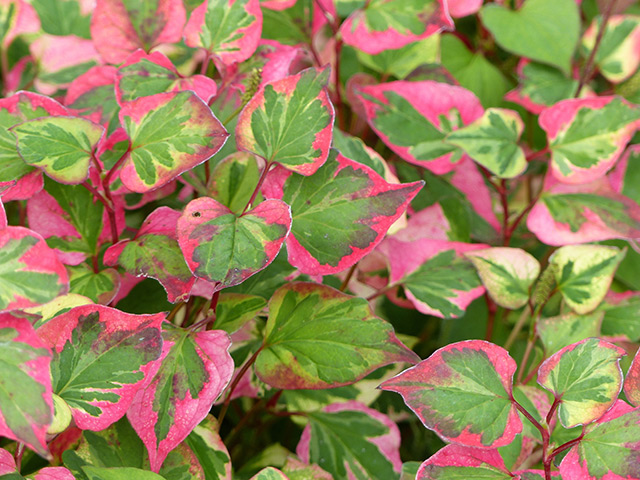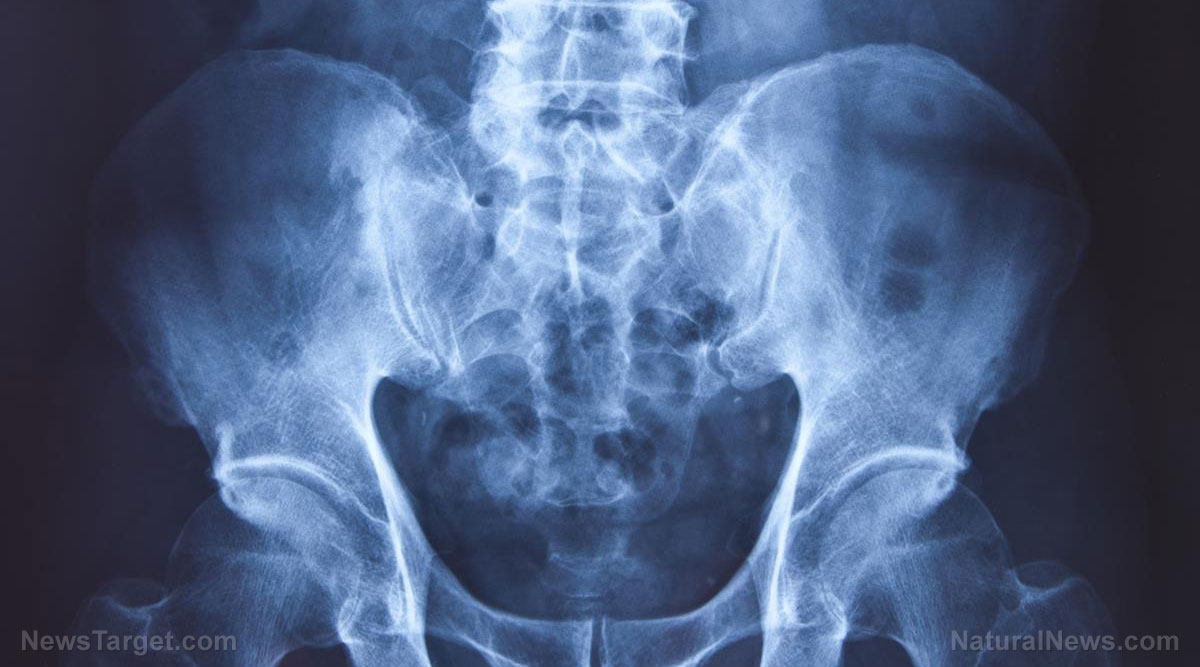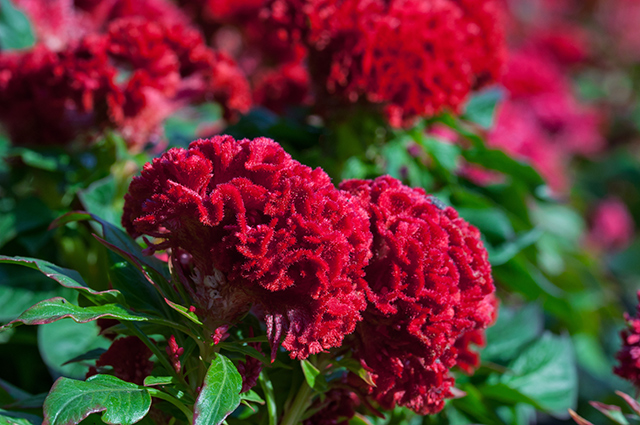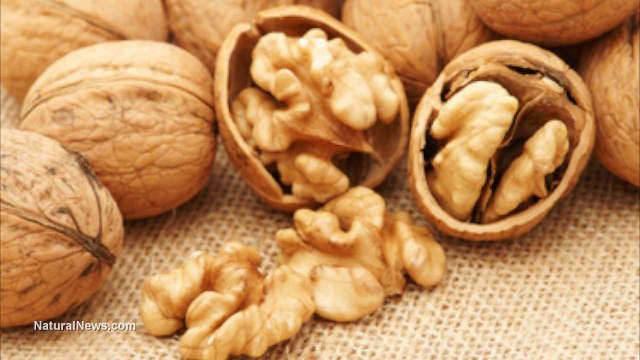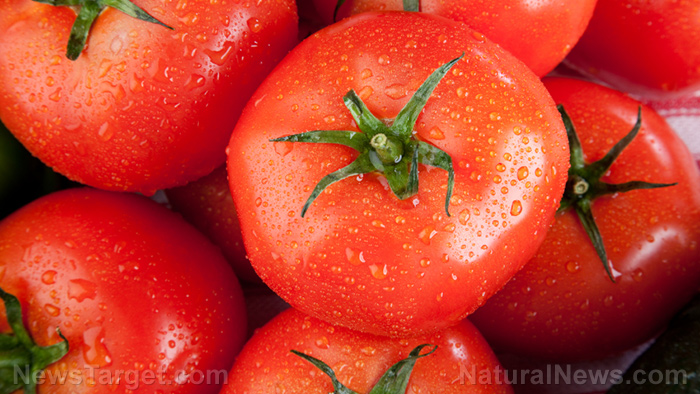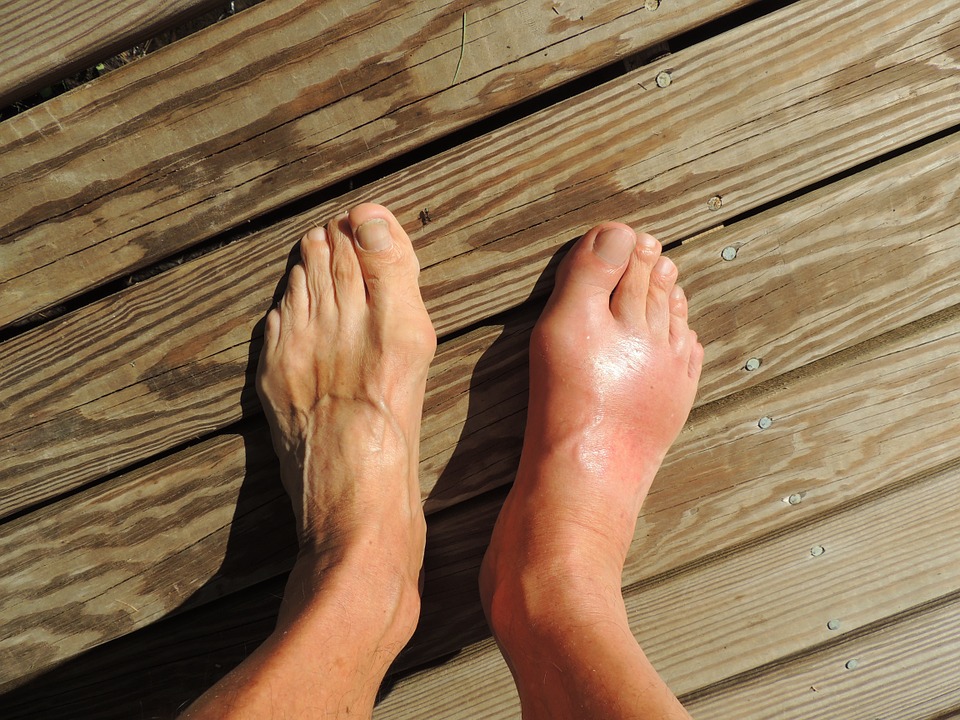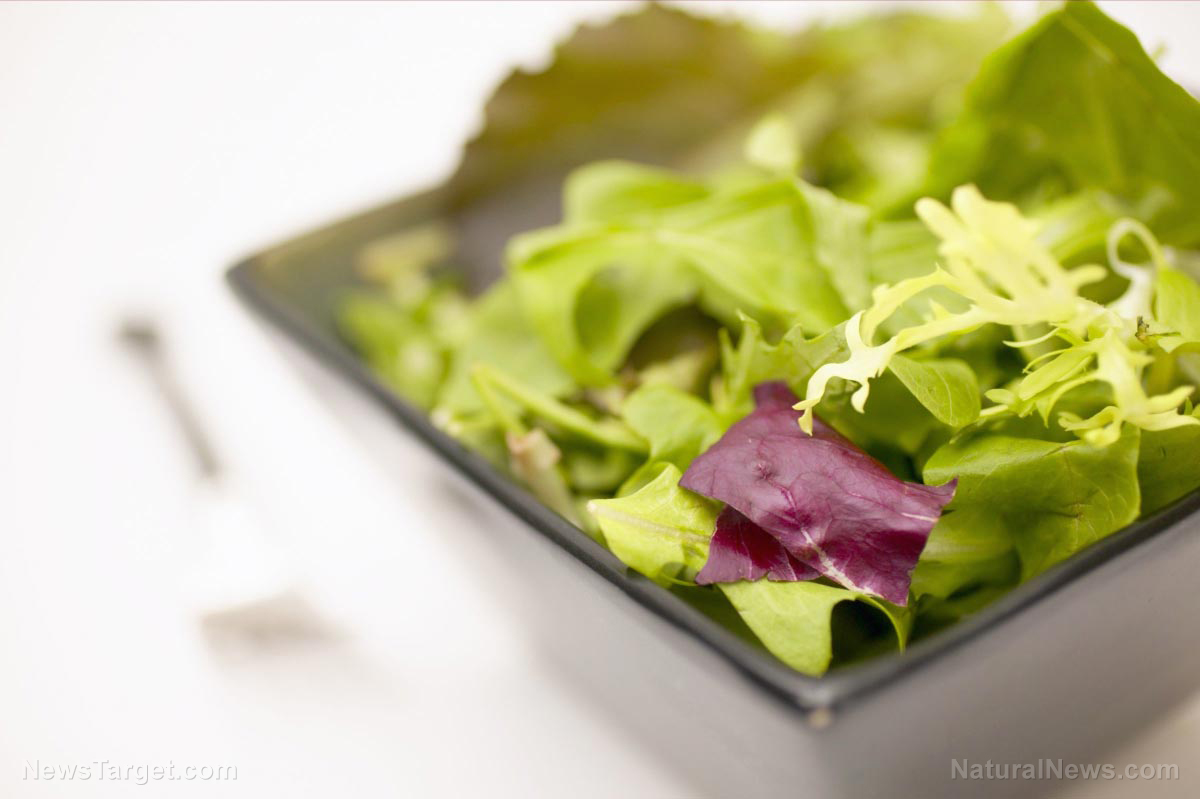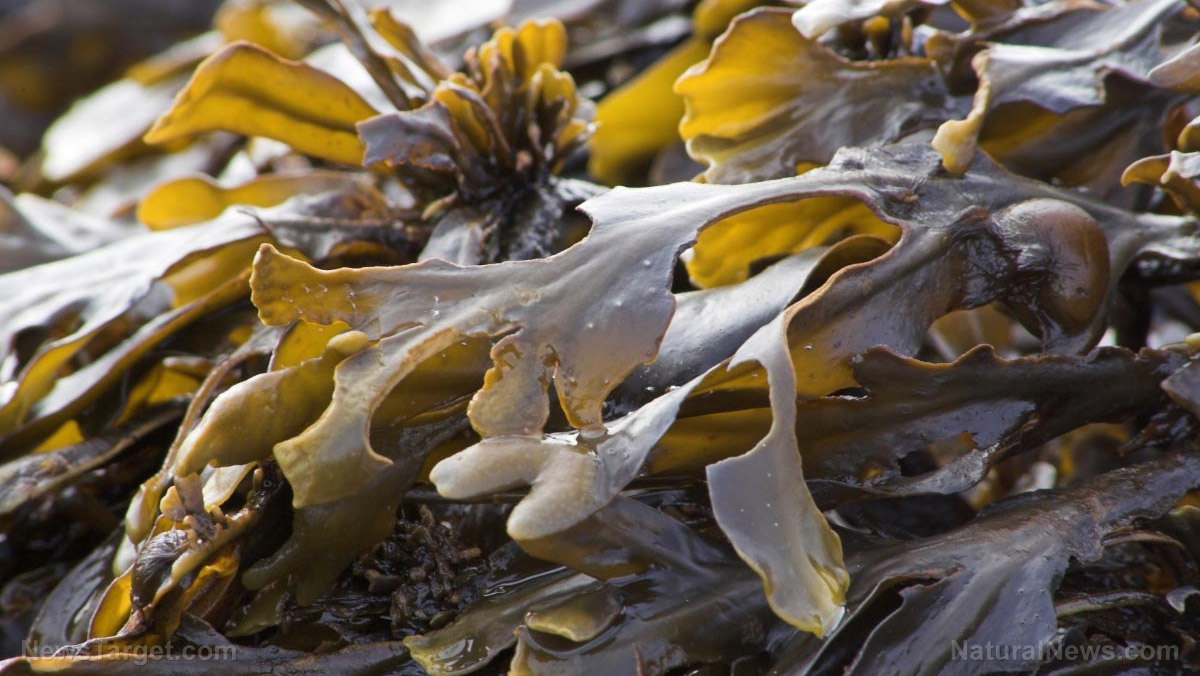Hailed by Ayurvedic healers as a powerful medicine, bael is now proven to protect diabetics from other health complications
09/05/2018 / By Edsel Cook
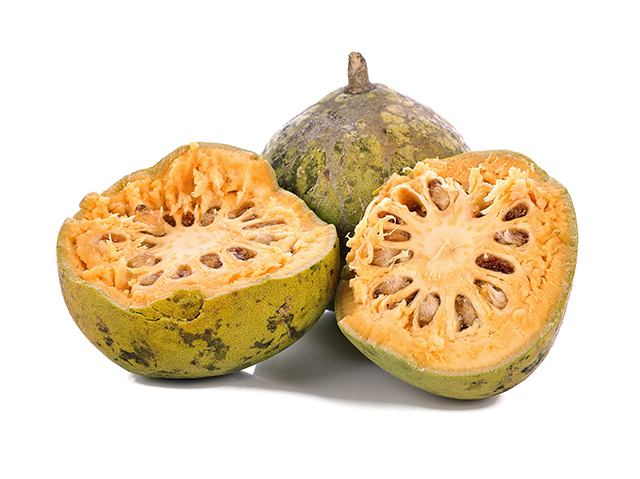
Ayurvedic medicine has long considered bael (Aegle marmelos) to be a marvelous source of many medicinal products. Recently, Pakistani researchers reported that an extract from its fruit could also inhibit the production of harmful substances that can cause additional health complications in diabetes patients.
These substances are called advanced glycation end products (AGEs). They are produced by enzyme-free glycation and oxidation of lipids, nucleic acids, and proteins such as glycated hemoglobin (HbA1c). When AGEs accumulate in diabetics, they can cause the development and progression of diabetes-related complications.
There are no clinically approved drugs that can stop AGE formation. Aminoguanidine made it into phase III trials before getting canceled due to numerous side effects. Other inhibitors and cross-link breakers are still being undergoing investigation.
University of Karachi (UoK) researchers investigated alternative therapies to prevent AGE formation. Dietary compounds that possess anti-glycating activities came under consideration. (Related: Herbal and fruit supplement found to be more effective at managing diabetes than metformin drug.)
Bael extract tested for anti-glycation activity
Bael occupies a vital position in traditional Ayurvedic medicine. Its bark, flowers, fruits, leaves, and root are used as folk medicines. The fruit pulp contains numerous nutrients, functional compounds, and bio-active compounds. The tree has been used to treat diseases such as diabetes. Previous research has demonstrated the anti-diabetic activities of its various parts. Therefore, UoK researchers investigated the anti-glycation activity of bael. They wanted to know if it could prevent AGE formation in diabetic rats.
The ripe fruit of the bael tree provided the extract. Toxicity tests involved giving 500, 1000, and 2000 milligrams per kilogram (mg/kg) doses to rats for 42 days and observing them for three days. The animals were sacrificed on the 42nd day and autopsied for signs of chronic toxicity.
Diabetes was induced in rats via streptozotocin injections. Three groups received 200, 400, and 600 mg/kg doses of bael extract while another group received the standard drug glibenclamide. These animals were subjected to an oral glucose tolerance test (OGTT). Afterward, the rats were subjected to chronic extract treatment. Bael-treated diabetic rats were given 400 mg/kg doses of the extract every day. Other rats received either glibenclamide or the AGE inhibitor aminoguanidine. Following 42 days of treatment, the rats were fasted overnight before being euthanized. Blood, pancreas, and kidney tissue samples were taken for analysis.
Bael fruit contains polyphenols that prevent diabetes complications
During the OGTT, all rats treated with bael extract showed marked reductions in blood glucose level. In particular, the 400 mg/kg dose showed high effectiveness, while the larger 600 mg/kg dose did not do better. Analysis showed that bael extract increased serum insulin in diabetic rats. The extract was as effective as glibenclamide, which improved insulin secretion from pancreatic ?-cells. The extract contains compounds such as eugenol that stimulate glucose-induced insulin secretion. Furthermore, the ?-cells in bael-treated diabetic rats also increased in number.
Bael-treated rats also showed lower levels of HbA1c, alongside reduced blood glucose. Researchers theorize that compounds in the extract might prevent the hemoglobin from forming via antioxidant action. The extract shows significant levels of antioxidant activity in vitro and in vivo. Its antioxidant properties might also have anti-glycation activity that stops AGEs formation.
Treatment also significantly reduced circulating AGEs and AGEs in the kidney. Immunoblotting tests showed that the extract reduced AGEs, receptors for AGE, and N(6)-Carboxymethyllysine. It also decreased triglycerides and LDL-cholesterol. Upon analyzing the fruit extract, researchers identified eugenol, ellagic acid, ferulic acid, quercetin, and rutin as the likeliest bio-active compounds. Eugenol, in particular, encourages glucose-dependent insulin secretion. The team recommended additional testing of these polyphenols to figure out how bael fruit extract prevents AGEs from causing diabetes complications.
More stories about the bael fruit and other healing superfoods can be found at NaturalMedicine.news.
Sources include:
Tagged Under: Aegle marmelos, alternative medicine, antioxidants, Ayurvedic medicine, Bael, diabetes, diabetes prevention, eugenol, herbal cures, herbal medicines, Indian herbal medicine, insulin, natural cures, natural healing, natural medicine


